1. Understanding the Modeling Industry
What is Modeling?
Modeling is the art of representing fashion, products, or concepts visually for various industries such as fashion, advertising, fitness, and commercial purposes. Models are individuals hired to showcase clothing, accessories, or beauty products through photo shoots, runway shows, or commercials. Their primary role is to present the brand or designer’s vision in a way that attracts consumers or creates a desired aesthetic. In the fashion industry, models act as the bridge between designers and the public, bringing creative designs to life.
The Role of Models in the Fashion Industry
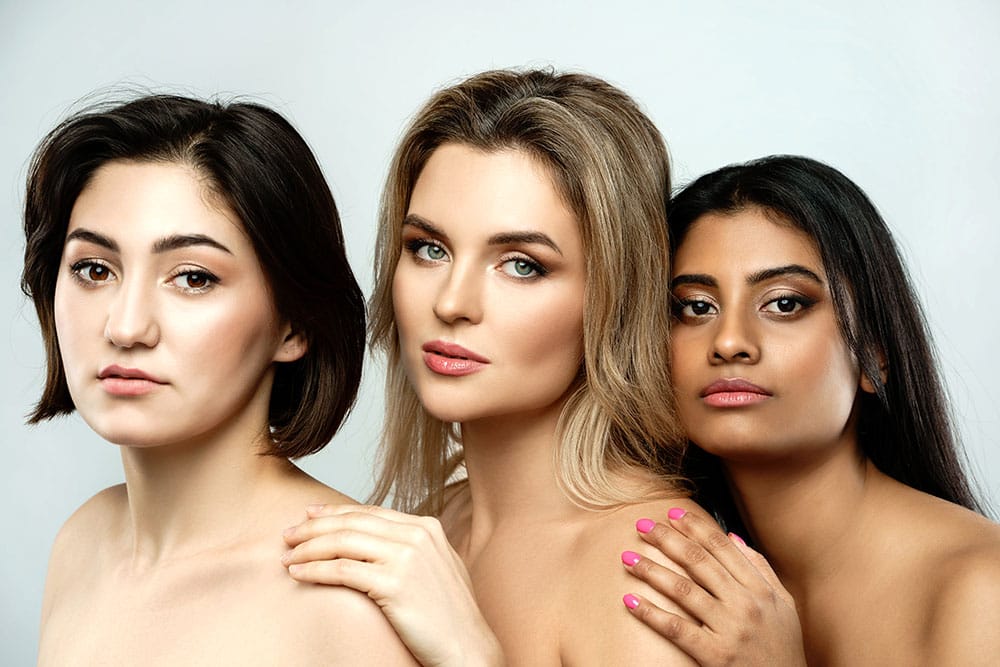
In the fashion industry, models are responsible for embodying the essence of a brand or collection. They are not just individuals who wear clothes; they convey a particular mood, lifestyle, or concept through their posture, expressions, and overall appearance. Models collaborate with designers, photographers, stylists, and directors to create visual campaigns that inspire trends and influence consumer behavior. Whether on the runway or in editorial photoshoots, models must convey a narrative that aligns with the brand’s image.
Different Types of Modeling
- Fashion and Runway Modeling: Fashion and runway modeling is perhaps the most well-known type of modeling. These models showcase designer clothing at fashion shows and represent brands in high-fashion magazines. Runway models are usually tall, with specific physical measurements that align with industry standards. Their main role is to walk the runway in a way that highlights the designer’s work, making the clothing the focus while maintaining a professional and confident demeanor. Fashion models often work internationally and must adapt to different cultures and fashion standards.
- Commercial Modeling: Commercial models are seen in everyday advertisements for products and services, ranging from household goods to cars and technology. Unlike high-fashion models, commercial models come in a wider range of body types, ages, and appearances. The goal is to appeal to a broad audience and make the product relatable. These models appear in television commercials, print advertisements, and online campaigns, representing products and services in a friendly, approachable manner.
- Fitness and Sports Modeling: Fitness and sports models represent athletic brands, sports equipment, and health-related products. These models are known for their toned and muscular physiques, often portraying an active lifestyle. They can be seen in advertisements for fitness apparel, gym equipment, and sports supplements. Their work requires maintaining peak physical condition and the ability to perform athletic poses during photo shoots or commercial shoots.
- Editorial Modeling: Editorial modeling refers to high-fashion photoshoots that appear in magazines, fashion websites, and other editorial platforms. These models work with top photographers and stylists to create artistic and conceptual images. Unlike commercial models, editorial models focus more on storytelling and artistic expression through clothing, makeup, and settings. Editorial modeling often involves elaborate makeup, hair, and wardrobe styles, which can sometimes challenge traditional beauty standards.
- Plus-Size and Body-Positive Modeling: In recent years, plus-size and body-positive modeling have gained prominence as the fashion industry embraces diversity and inclusivity. Plus-size models represent clothing brands that cater to curvier body types, promoting the message that fashion is for everyone, regardless of size. Body-positive models break the mold of traditional beauty standards, advocating for self-love and acceptance of all body shapes. They can be found in a variety of campaigns, from high-fashion to commercial brands, emphasizing the importance of diversity in the modeling world.
- Glamour, Promotional, and Niche Modeling: Glamour modeling focuses on highlighting a model’s physical attributes, often in more provocative settings such as swimwear or lingerie shoots. Promotional models are hired to represent brands at events like trade shows, conventions, and promotional campaigns, where their role is to engage with potential customers and promote the brand. Niche modeling includes specialized types of modeling that target specific markets, such as beauty, lifestyle, or cosplay, allowing models to cater to specific industries or fan bases.
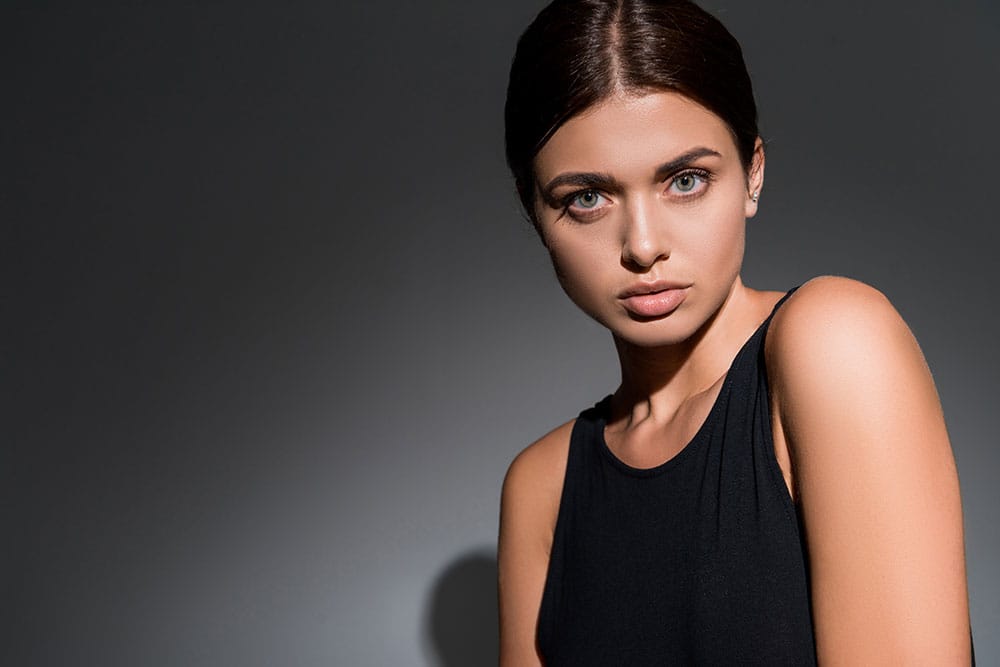
Industry Requirements:
1. Physical and Skill-Based Requirements for Different Types of Modeling
The requirements for becoming a model vary significantly depending on the type of modeling you pursue. For fashion and runway models, height is a critical factor, with most agencies preferring models between 5’9″ and 6’0″. Additionally, models must maintain slim and proportional body measurements that align with current industry standards. Editorial models, particularly for high-fashion campaigns, often need to have unique or striking facial features that stand out in photographs.
Commercial modeling, on the other hand, allows for more flexibility in appearance. These models come in all shapes, sizes, and ages, as the aim is to represent the general public in everyday advertisements. Plus-size models are generally required to wear sizes 12 and above, but they must still maintain a well-proportioned and healthy appearance. Fitness models need to be physically fit, with toned muscles, and they often undergo regular exercise and maintain strict diets to stay in shape.
In addition to physical attributes, models must possess certain skills to succeed in the industry. Posing, facial expressions, and the ability to follow directions on set are crucial for all types of models. Models also need to be comfortable in front of the camera, able to convey emotions and concepts through their body language, and adapt quickly to various styling and make up changes.
2. Adapting to Evolving Industry Standards
The modeling industry is constantly evolving, and with it, the standards and expectations placed on models. Today, there is a growing demand for inclusivity and diversity, meaning that models of all races, ethnicities, body types, and ages are finding opportunities in the industry. Traditional standards of beauty are being challenged, and many brands are seeking out models who represent the real-world diversity of their customer base.
Additionally, models must adapt to the digital age. With social media playing a significant role in the fashion and commercial world, models are now expected to build their personal brand online. This involves engaging with followers, maintaining an active presence on platforms like Instagram, and collaborating with brands to promote products directly to consumers.
2. The Modeling Career Path
The modeling career path is one filled with growth, challenges, and exciting opportunities. Becoming a model is not simply about having the right look or height; it requires strategic planning, perseverance, and an understanding of how the industry works. The journey from being an aspiring model to a professional involves several key stages, each with its own demands and milestones. Below is a comprehensive breakdown of the essential steps to becoming a successful model and navigating the path from novice to professional.
Steps to Becoming a Model:
1. Understanding the Industry
Before embarking on a modeling career, it’s essential to gain a deep understanding of the industry. Modeling encompasses various specializations, such as fashion, commercial, editorial, and fitness, each demanding specific skills, physical requirements, and styles. For example, high-fashion models usually adhere to strict height and body measurements, as their role involves wearing designer garments and appearing in luxury brand campaigns. In contrast, commercial modeling, used in advertisements for products like skincare, apparel, or lifestyle items, is generally more inclusive regarding body types and ages.
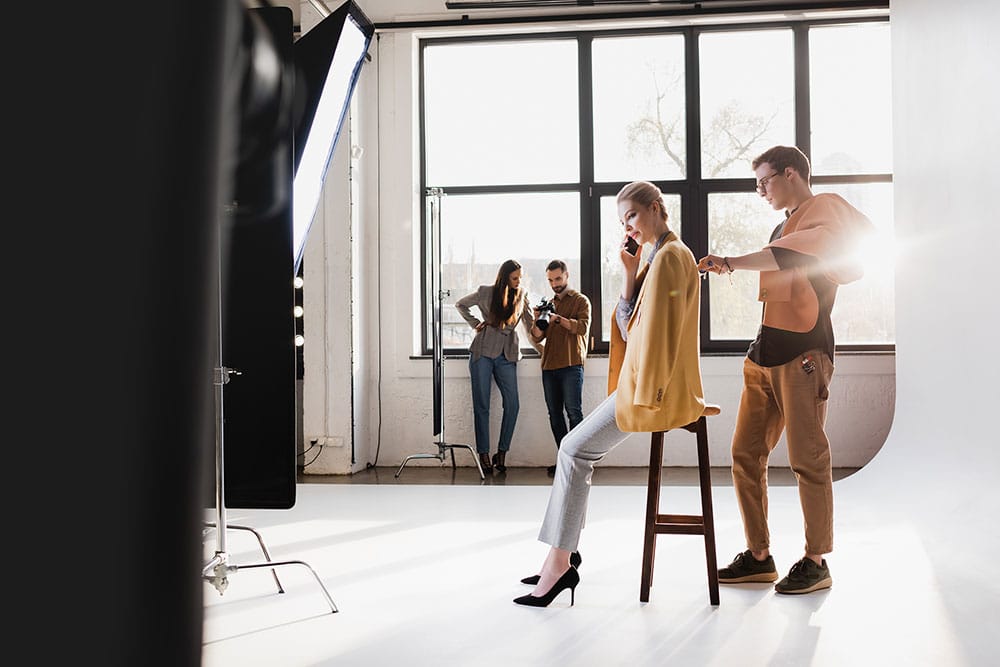
Aspiring models should also research well-known agencies and the specific expectations of brands and designers within their chosen niche. For instance, while fashion modeling might prioritize runway walks and avant-garde photoshoots, fitness modeling requires a toned physique and a confident personality suited to promoting athletic wear or health products. Additionally, staying updated with industry trends, such as diversity and body positivity movements, is vital. Understanding these nuances can help models navigate their path, ensuring they align their strengths and interests with the right sector.
Example:
- A model interested in fitness modeling might follow top fitness brands on social media, study how models promote activewear, and familiarize themselves with agencies that have fitness divisions, such as Wilhelmina Models.
- An aspiring fashion model could focus on runway shows like Paris Fashion Week, noting how high-fashion brands present their collections and the types of models they feature.
2. Building a Portfolio
A strong portfolio is a model’s calling card and the first impression potential clients or agencies will have. To build an impressive portfolio, begin by investing in high-quality, professional photos that capture different aspects of your look, including headshots, full-body shots, and a range of poses. Each photo should display versatility—models might include photos in natural light for a casual vibe, more dramatic lighting for a high-fashion feel, or minimalistic shots that show off bone structure and features.
Collaborating with a reputable photographer is key, and although the initial shoots might be unpaid, they should result in quality images that highlight your potential. Include a mix of different looks, like casual, formal, athletic, and swimwear, to showcase your adaptability for various modeling assignments. Aspiring models might also consider including themed photos, like a vintage look or a lifestyle shot, to diversify their portfolio further. This collection of images will serve as your portfolio and provide agencies and clients with a visual summary of your modeling range and capabilities.
Example:
- A new model may reach out to a local photographer who offers “time for print” (TFP) sessions, where they both benefit by building their portfolios for free.
- Including a professional headshot, casual outfit shot, and a creative look can help showcase different sides of the model’s personality, making the portfolio appealing to a variety of clients.
3. Developing Skills
Modeling involves much more than simply looking attractive in front of the camera. Successful models possess a keen sense of body awareness and the ability to convey emotions through subtle facial expressions, like a soft smile or an intense gaze. Practicing poses in front of a mirror is a valuable habit, as it helps models understand which angles work best and build muscle memory for various poses. Reviewing the work of iconic models, such as Cindy Crawford, Naomi Campbell, or Gigi Hadid, can offer insights into effective posing techniques and how to bring out unique features.
In addition, models should consider developing specific skills for their niche, such as walking the runway for fashion models or expressing enthusiasm for a product in commercial shoots. Attending workshops focused on posing, runway walking, or video presence can be advantageous, particularly for those interested in high-fashion runway or commercial video work. Also, practicing in front of a video camera to get comfortable with movement and expressions under different lighting and camera angles can prepare models for a wider variety of jobs.
Example:
- Practicing a variety of poses in front of a mirror can help a model determine which angles suit their features best.
- Watching runway videos can help an aspiring fashion model develop a smooth, confident walk that fits the demands of high-fashion modeling.
4. Researching and Submitting to Agencies

Finding representation through a modeling agency is a significant step in building a successful career. Begin by researching reputable agencies in your area or globally, based on the type of modeling you aim to pursue. Agencies that specialize in fashion often have specific requirements and may seek models for exclusive representation, while commercial-focused agencies might be more flexible and open to various looks.
Many agencies accept online submissions, making it convenient to send in a digital portfolio and basic details, including height, weight, measurements, and personal contact information. Each agency will have unique submission guidelines, so following these carefully is crucial. Patience is important here, as agencies often take time to review submissions, and rejection is common. Don’t be discouraged by initial rejections; many successful models faced multiple rejections before finding the right representation. Continue researching and submitting to other agencies, and remember that resilience and persistence are essential qualities in the modeling industry.
Example:
- A model interested in commercial work may submit their portfolio to agencies that work with brands like Gap, Target, and Sephora.
- Attending open calls with a portfolio that meets the agency’s standards can improve the chances of making a good impression.
5. Attending Open Calls and Castings
Open calls offer models the opportunity to meet with agency representatives in person and showcase their potential. During these events, models should bring their portfolio and comp card—a small card with their headshot, basic information, and contact details. Dress simply and avoid heavy makeup to let your natural features shine through. Often, agencies look for models who stand out for their unique look, even with minimal styling, so simplicity is key.
Castings and auditions are another critical aspect of a modeling career. These can range from runway auditions, where you might demonstrate your walk, to test shoots where a photographer assesses your ability to work with different angles and expressions. For instance, at a casting for a fashion show, a designer may request a specific type of walk, posture, or attitude to fit their brand. In contrast, a commercial casting might involve delivering lines or conveying emotion on camera to sell a product. Embrace each casting as a chance to improve, get feedback, and network with industry professionals. Consistency in attending these open calls and castings increases your visibility in the industry, and even if an opportunity doesn’t pan out immediately, you may make valuable connections for future roles.
Example:
- At an open call, a model might bring their best photos and a comp card to leave with the agency for future reference.
- During a casting for a skincare brand, the model might be asked to hold the product and smile naturally, demonstrating confidence and a warm expression suitable for a beauty ad.
These steps are the foundation for aspiring models to succeed in the competitive industry. By understanding the nuances of different types of modeling, developing a professional portfolio, honing essential skills, finding reputable representation, and consistently attending casting opportunities, models can establish a strong footing in the world of modeling.
Continue Reading:
How to Become a Model: A Step-by-Step Guide / Part 1
How to Become a Model: A Step-by-Step Guide / Part 2
How to Become a Model: A Step-by-Step Guide / Part 3
How to Become a Model: A Step-by-Step Guide / Part 4
How to Become a Model: A Step-by-Step Guide / Part 5
Written by: Beyza Cantürk
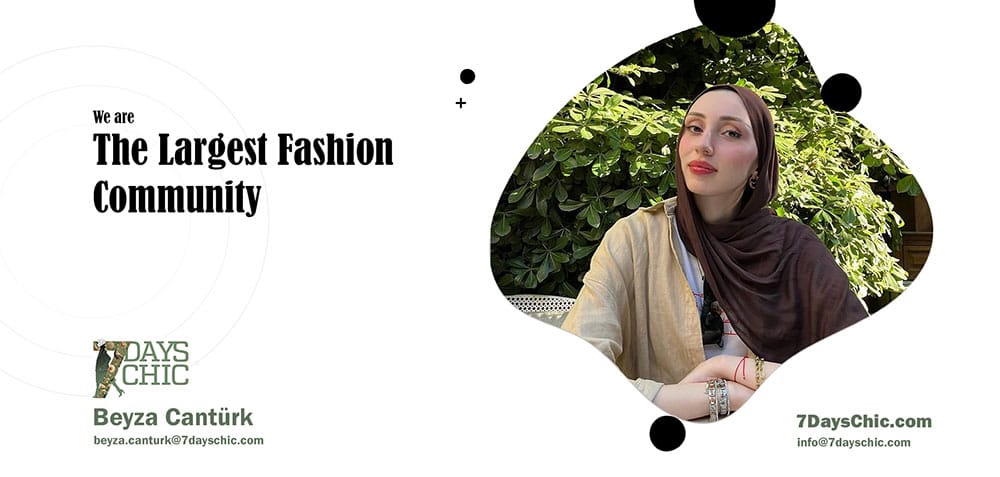

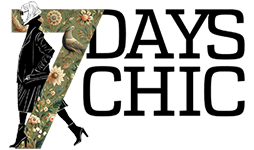
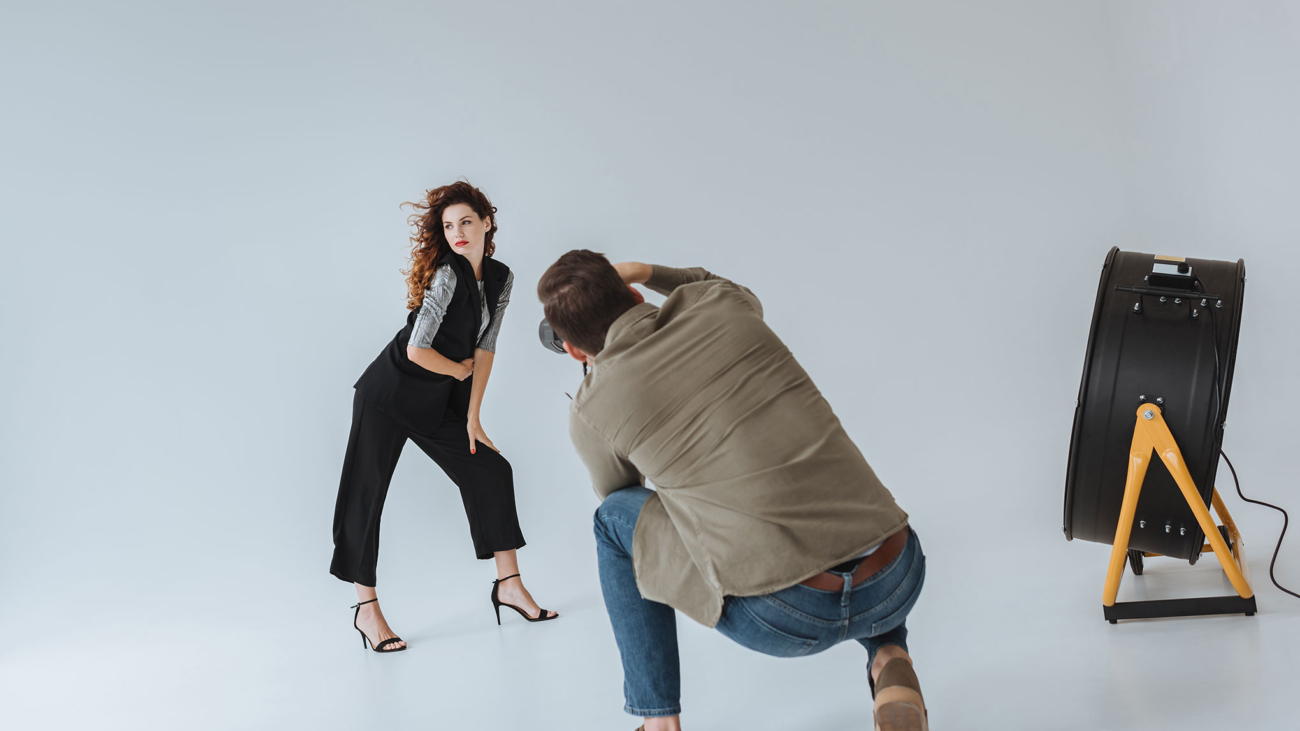
Add a Comment